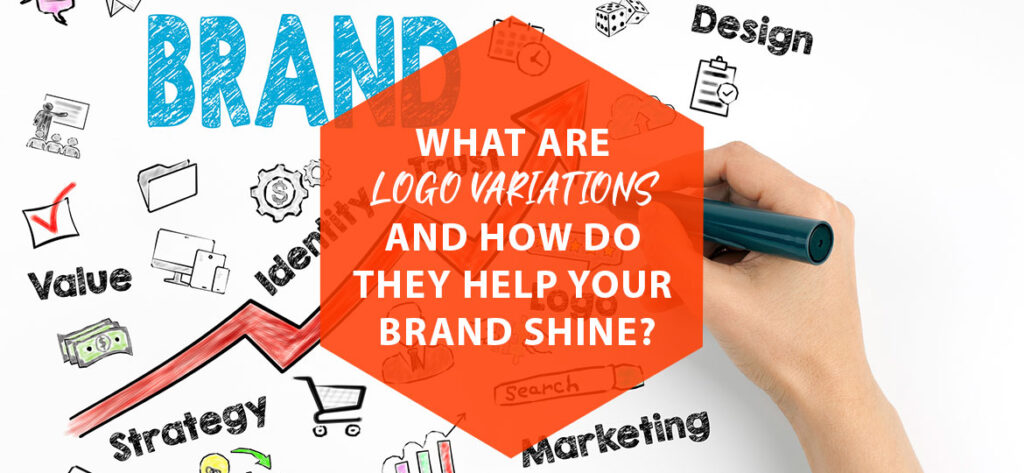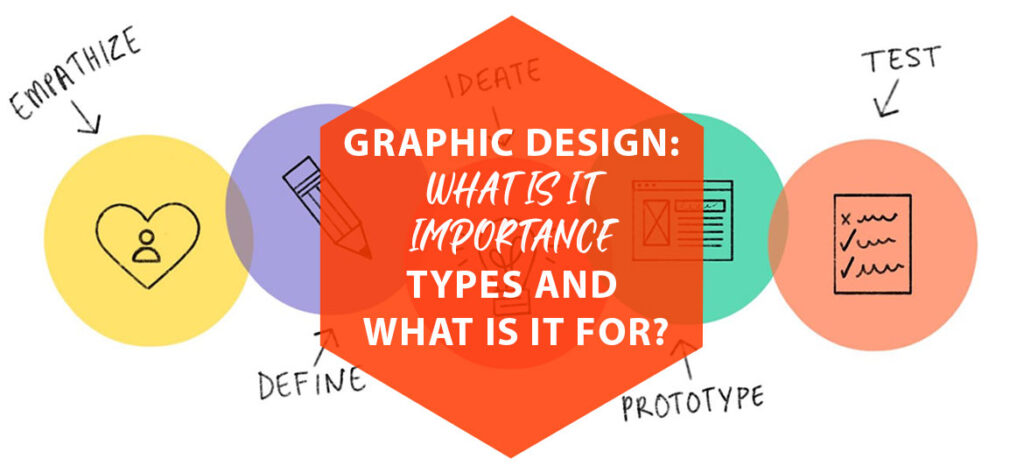Suppose you are lucky enough to have worked on your brand with a designer. In that case, you will have a visual identity that is easy to use, flexible concerning your brand’s needs, and in perfect harmony with its values and objectives. In other words: you don’t just have a logo. You have a whole system of logo variations and graphic elements that you can apply depending on the context always to communicate your brand’s message and story.
Before starting, if you have any questions about the basic elements and files that a designer delivers with a brand, I invite you to read this post. So that when you start the contracting phase of your brand’s design, you know what you should do ask.
I also want to let you know that this article belongs to a series that I have created to help you better understand all the elements of a brand and what they are for. The idea is to help you know how and when to use each element of your brand correctly.
- File Formats
- Logo Variations
- Color palette
- Fonts Palette
What are Logos Variations?
Logo variations are modified types of your logo. It is used in some cases, maybe due to differences in size or appearance (so you don’t need to “place” the logo of each operation). The most commonly used symbol (called “primary”) requires each of the following types:
- Horizontal
- Vertical or “stacked”
- “Brandmark”
- “Logotype”
- One color and reversed out
UNDERSTANDING BRAND HIERARCHY AND LOGO VARIATIONS
Let’s put the situation in perspective. You have a beautiful logo, and it looks good on the company website. You will soon want to use other marketing tools such as social media branding, business card design, email signing, and more. Your website logo may not be appropriate for some of these channels. Now, what are you going to do?
This is where the logo variations come in. You might think that all you need is a simple logo to represent your business. In the end, it takes a lot of formats to be irresponsible for marketing purposes.
Now, the million-dollar question: which one should I use and when?
THE MAIN LOGO OF A BRAND
The main logo is the one that contains the most information. It is generally composed of a symbol and the brand’s typography. Sometimes this logo has additional elements such as the establishment or creation date, location, or other icons needed to make a special statement. The main logo is the MVP of your brand, that is, the most valuable player in your graphic arsenal. It is the one that should be used most frequently, as long as space allows it. For example, on posters, packaging, the front of a thank you card, the shopping bag, or the cover of a brochure.
THE SECONDARY LOGO AND HOW IT IS USED
The secondary logo is a variation of the main logo. Usually, if the main logo takes up more vertical space, it may be more horizontal or vice versa.
This is the logo that you will use when the main one does not fit or does not sit well in the chosen context. The secondary logo respects cohesion with the main one and fits perfectly with the rest of your identity but helps you, whereas the first one does not manage to occupy the space.
It will be used more or less depending on the “where” it will be applied. It is crucial to have a secondary logo because I assure you that the main logo does not always fit.
THE BRAND LOGO AND ITS USES
Essentially, “logo” refers to a logo variations where typography is the protagonist. Think, for example, of brands like Disney or Google. This variation could be considered a simplification of the brand. It can come in handy to be used in supports where there are other elements that identify the brand or little space to use the main logo.
In recent years I have become more aware of the importance of having this variation within the range and how well it comes to complement the brand. It is a simple variation that is very useful when you have an elongated and not very high space. Besides, it also comes in handy for what I call boring stationery: invoices.
But hey! It also looks very nice at the bottom of social templates.
THE BRANDMARK OR PICTOGRAM
Not all brands have a pictogram, and it is very likely that your brand does not have one. The Brandmark or pictogram is nothing more than a symbol that is part of the main or secondary logo. It can be applied on its own as an individual element of the brand.
It can be used when the full logo is too large or in places where the company name or loose logo already appears (so that it is not repetitive).
For example, the avatar of social networks or the favicon of the web. For some brands, the pictogram becomes a stand-alone element so powerful that it can stand alone and be recognizable (think Apple or Nike, for example).
THE SEAL OR STAMP-TYPE LOGO
This is usually a secondary or alternative design. It includes the pictogram and/or other icons or supporting text such as date of establishment, location, website, tagline, etc.
This design adds an extra element to the brand and can be implemented in an interesting and fun way in the creation of your collateral elements. Imagine, for example, some small labels, a dry stamp with an embossed effect, or a wax seal. It is one of my favorite elements because of the game it gives when preparing stationery and packaging.
Consistency is essential for branding.
You want to be famous for a special look. You want people to recognize the shape of your brand. Being recognizable builds brand value, and that’s it! So you have to be consistent. If you keep changing things all the time, people will not know what you need to know.
Remember, whether you do it yourself or hire online graphic design services, you need more than just a logo when it comes to brand identity. To get everything home, you need a unique logo system, colors, typography, graphics, art direction, and branding guidelines.
The next time you start building your brand or adding something to your guideline list, check all these boxes to get your money’s worth.



